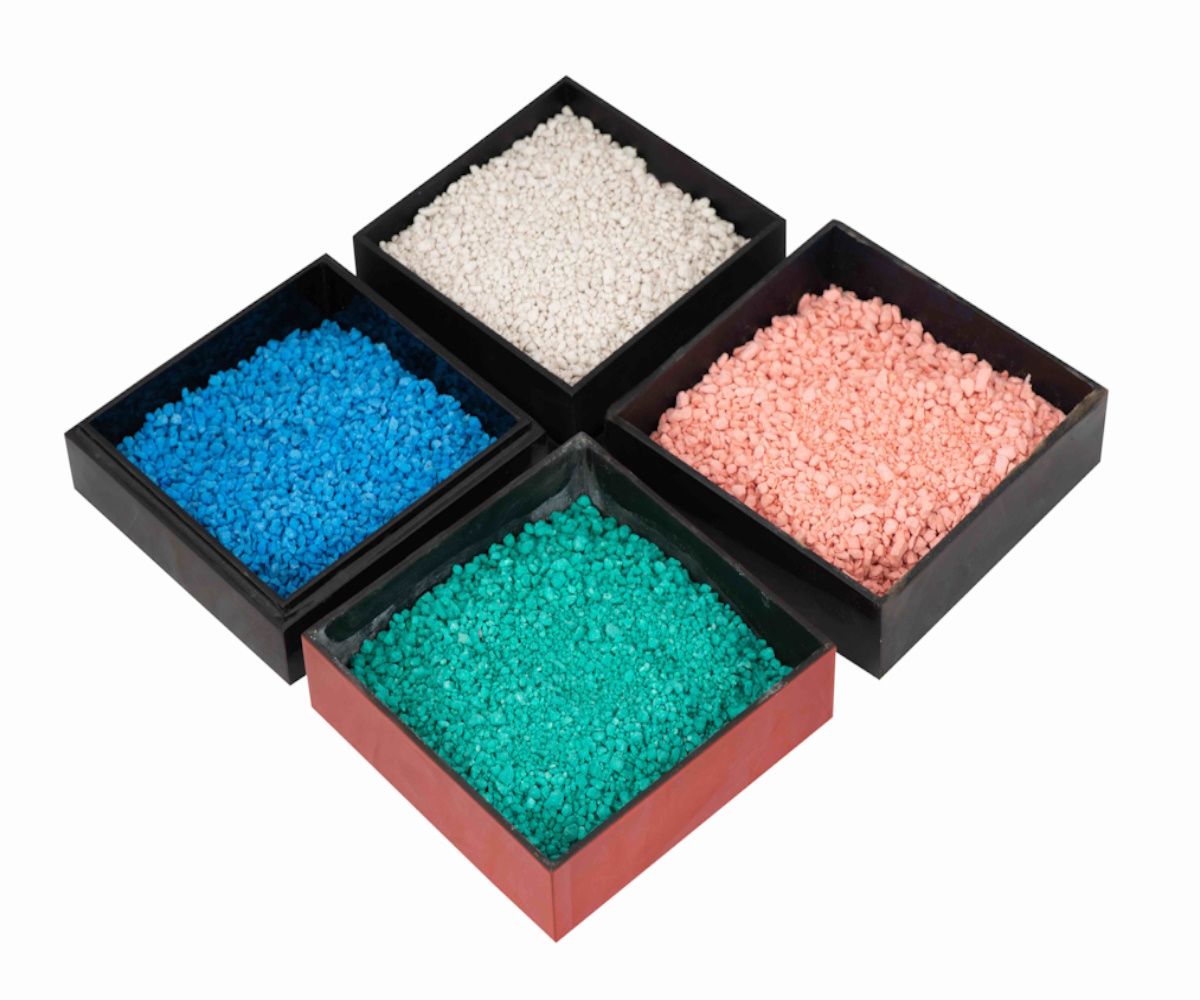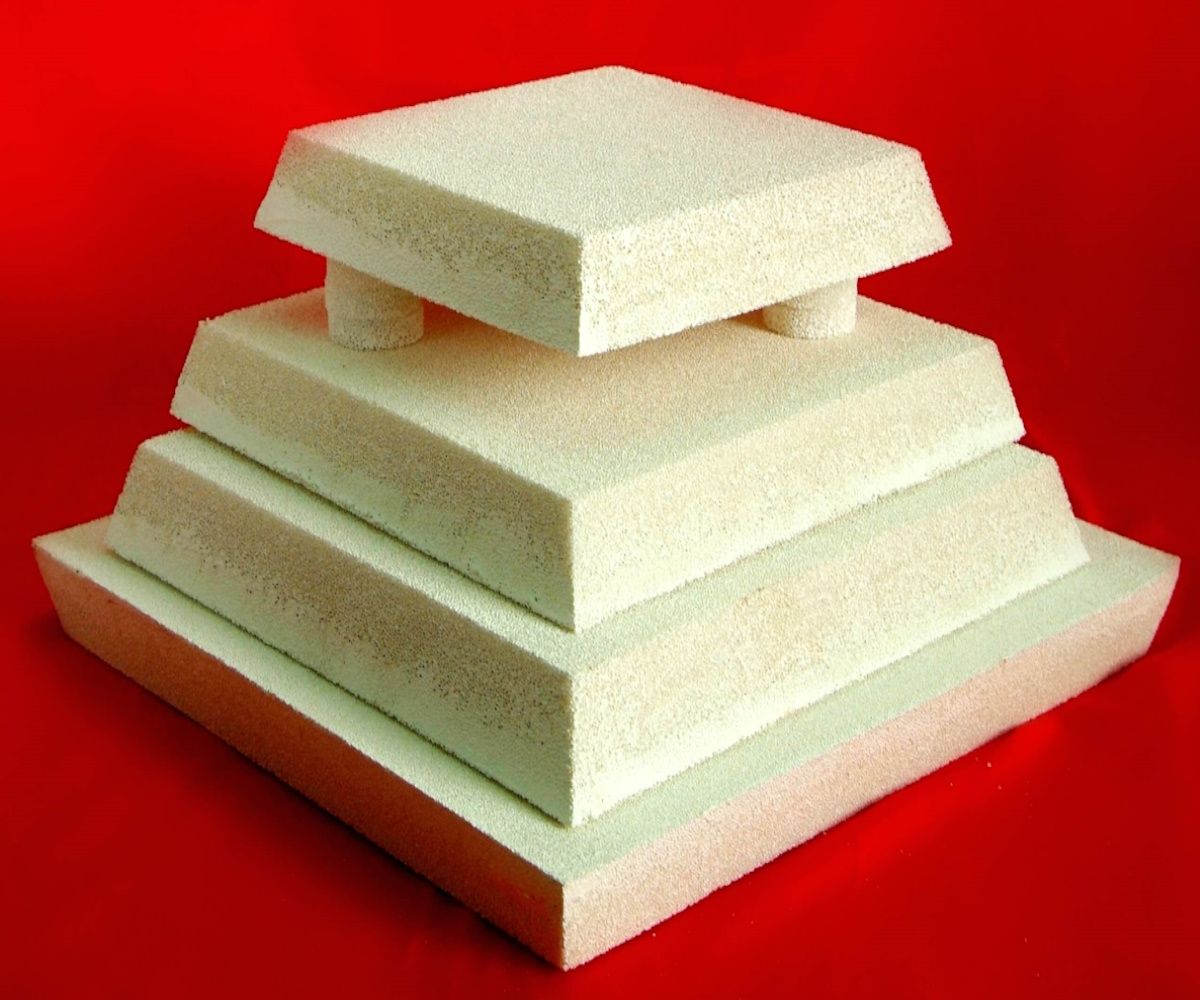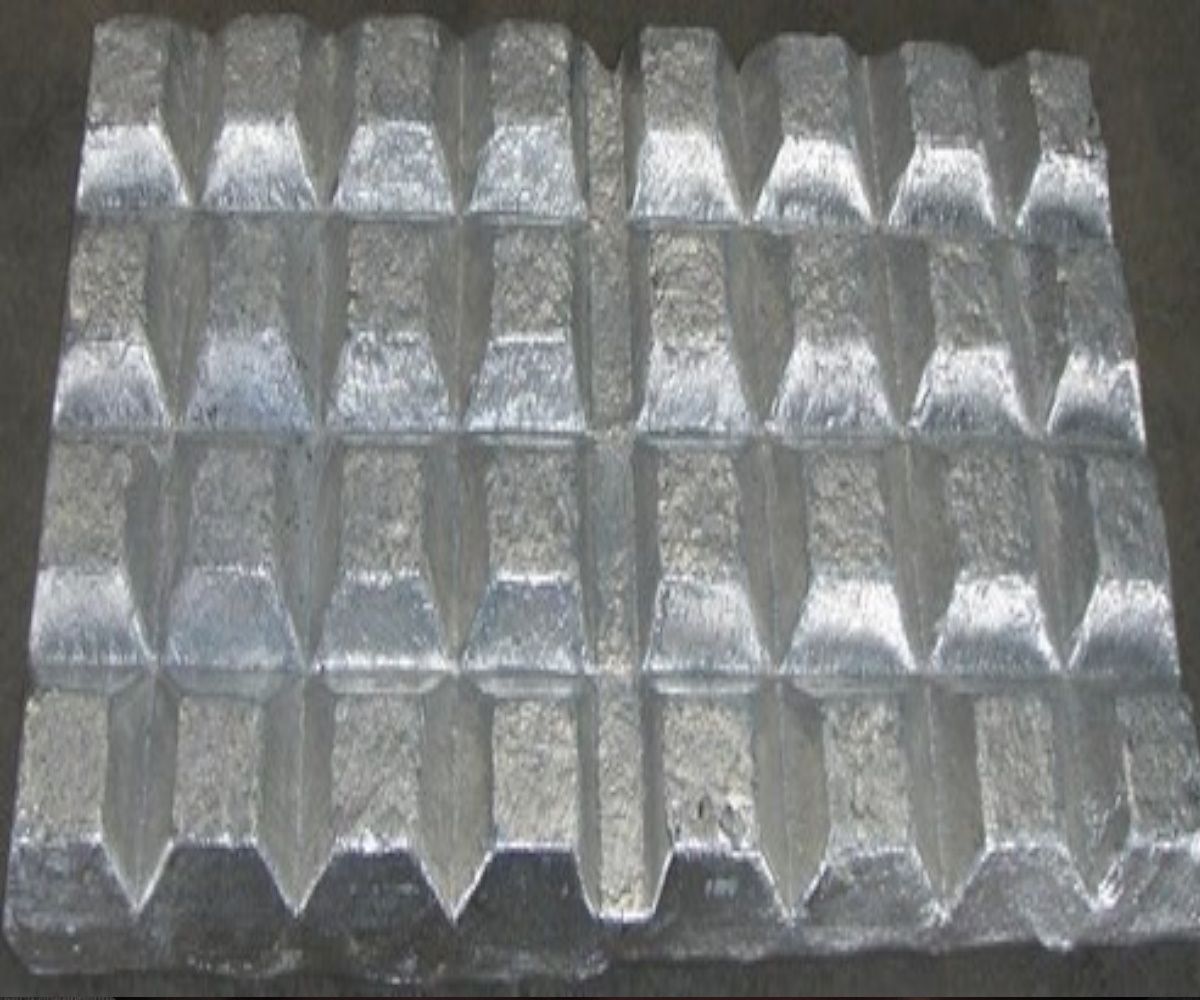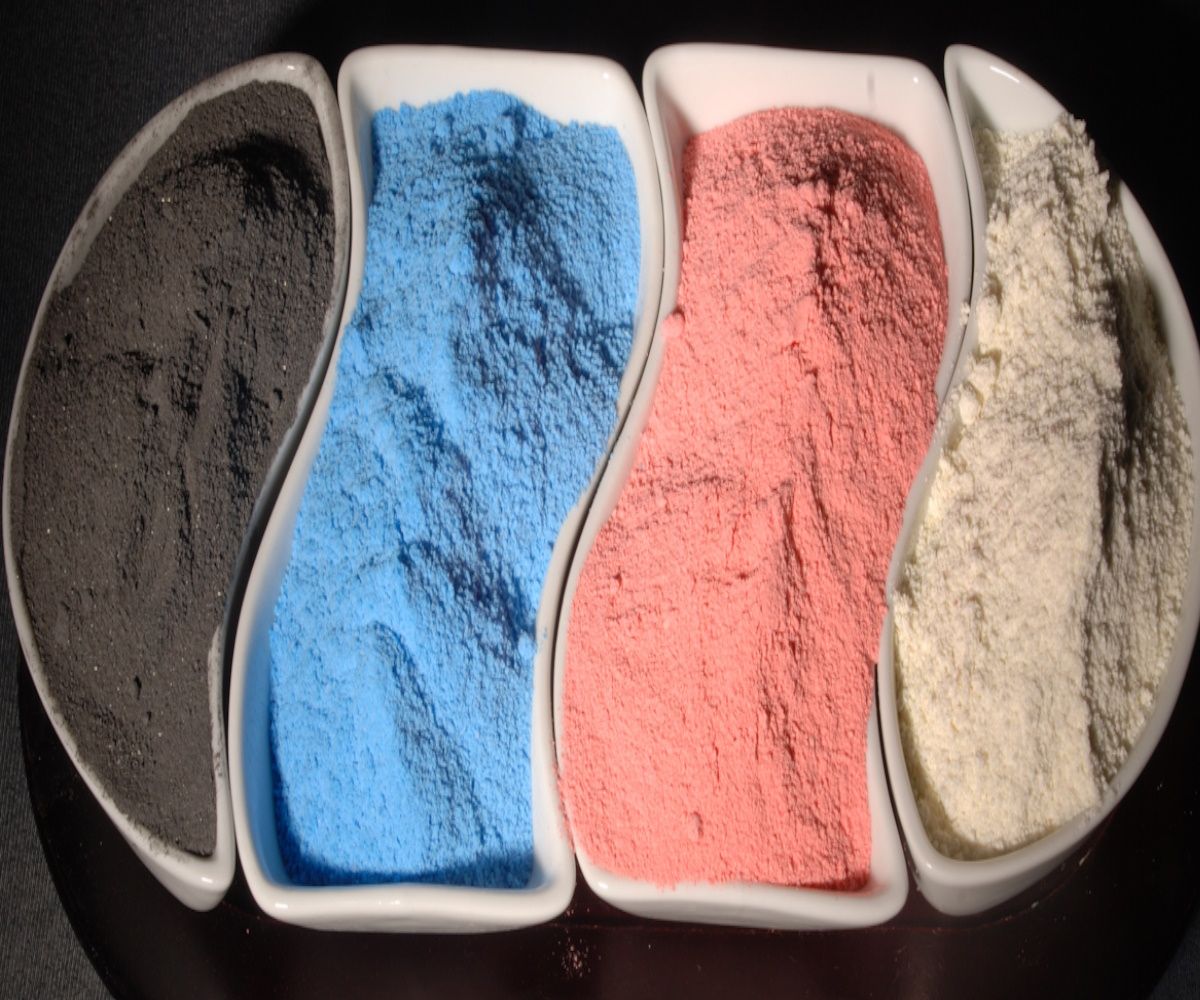SCOT-GR 6512 - Granulated Fluxes
By: Scottish Chemical Industries| Price | Available on request |
| Category | Consumables |
| Manufacturer | Scottish Chemical Industries |
| Min Order Quantity | 500.00 KG |
| Delivery Lead Time | 7-10 Days |
| Place of Origin | Maharashtra, India |
| Supply Ability | Customization on Requirement |
| Packaging Details | 5 Kg / Bag, 25 Kg / Box, 1 Ton / Pallet |
| Transportation Details | Road / Ship Transport |
Description
Scot-GR 6512 is a sodium and calcium free granulated flux suitable for all types of Aluminium alloys specially AlMg alloys in sand, die and pressure die casting. Scot-GR 6512 imparts a strong cleaning action removing oxides and other non- metallic inclusions present in the melt, leaving a light and dry dross.
Specifications
The best application of Scot-GR 6512 is dosing into the pouring stream during the filling of transport ladles or crucibles. Alternatively it can be added to the metal surface after transfer is complete. If an FDU impeller treatment is being used the flux will react easily resulting in a light and dry dross. If no impeller treatment is taking place then the flux must be stirred vigorously with a preheated perforated ladle until a dry dross is achieved. After the reaction is complete the dross should be carefully removed using an appropriate skimming tool. Application Temp: 650 °C and higher.
Application
The best application of Scot-GR 6512 is dosing into the pouring stream during the filling of transport ladles or crucibles. Alternatively it can be added to the metal surface after transfer is complete. If an FDU impeller treatment is being used the flux will react easily resulting in a light and dry dross. If no impeller treatment is taking place then the flux must be stirred vigorously with a preheated perforated ladle until a dry dross is achieved. After the reaction is complete the dross should be carefully removed using an appropriate skimming tool. Advantages: Scot-GR 6512 is sodium and calcium free. Scot-GR 6512 is dust free in use and emits low fume during application. Granulated fluxes can be used at reduced application rates compared to powder fluxes
Other Products
Post requirements

















